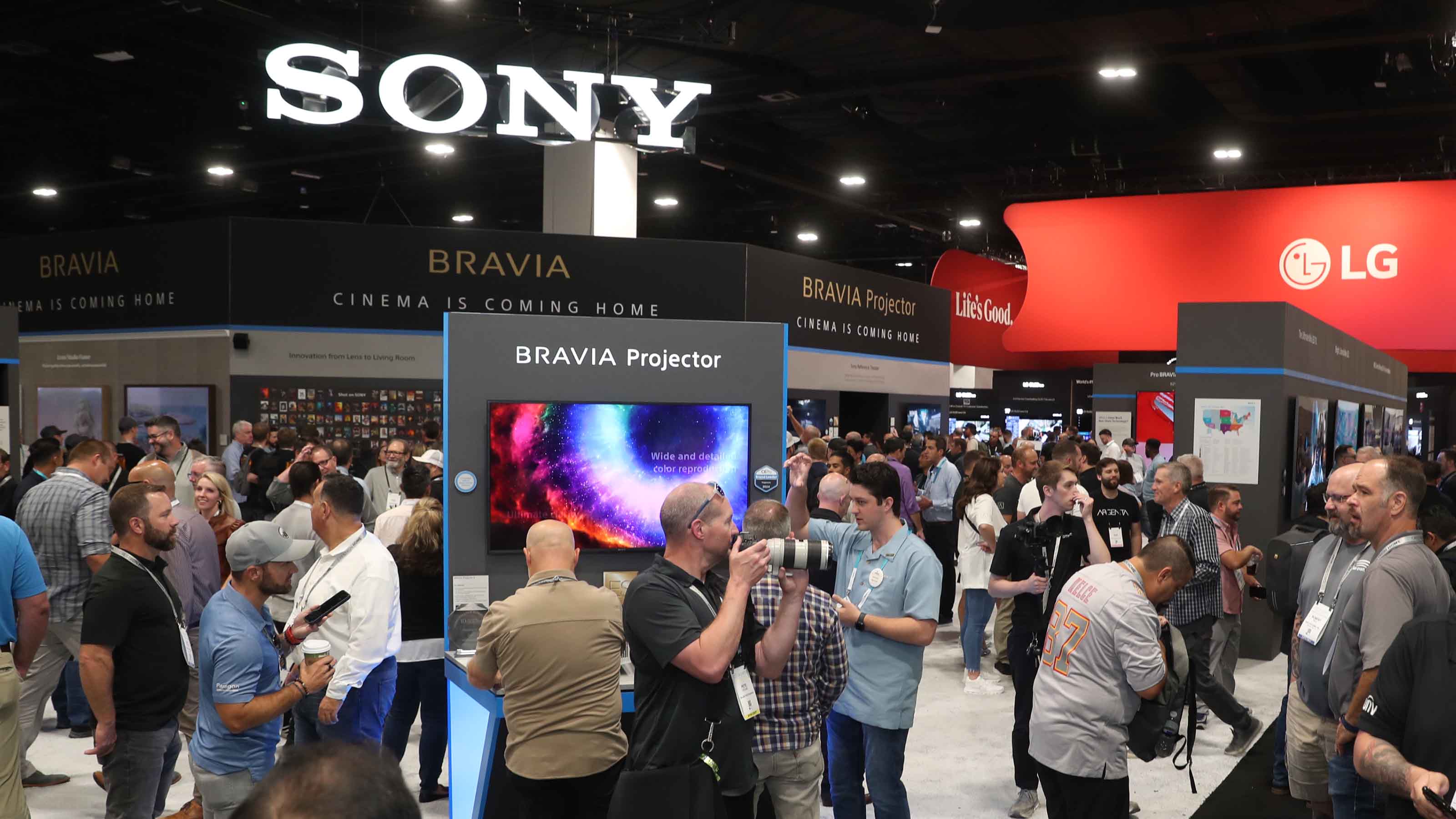CEDIA Expo/CIX 2025 Preview: Scalable AV Systems Power Hybrid Workforce
How do you create a better collaboration experience?

Contrary to what you might be reading in some news outlets, hybrid work remains the norm for many organizations, which means balancing the AV needs of remote and in-office employees remains a top priority. The challenge lies in creating a consistent, high-quality collaboration experience regardless of where employees are located.
Achieving this starts with a user-first AV design philosophy, prioritizing ease of use, intuitive interfaces, and seamless integration across platforms. Whether someone is working from a fully equipped conference room or their kitchen table, the technology should enable, not hinder, productive collaboration.
When AV systems are intuitive and easy to use, they enable productivity without requiring employees to become tech experts. In the office, that means equipping conference rooms with interfaces that make starting a meeting or sharing content as simple as a single touch. At home, it means deploying high-quality webcams, microphones, and headsets that deliver clear audio and video with minimal setup.
These tools should work seamlessly with the organization’s chosen collaboration platforms, offering plug-and-play simplicity and minimal learning curves. The goal is to ensure equity among remote participants and those sitting in the boardroom.
To meet this challenge, scalability and flexibility are essential. Office spaces need AV systems that can adapt to changing headcounts, new collaboration styles, and evolving technology platforms. Similarly, remote workers require solutions that are simple to set up but powerful enough to support high-quality video and audio for virtual meetings. A scalable system ensures that the same core technology can be applied across large boardrooms, huddle spaces, and home offices, while flexibility allows for quick pivots in response to user feedback or organizational changes.
One of the biggest hurdles in supporting hybrid collaboration is bridging the gap between AV and IT. As AV systems increasingly rely on networks, cloud-based platforms, and software-driven controls, AV and IT teams must work together more closely. This means standardizing on interoperable platforms, streamlining device management, and building infrastructure that supports both robust AV performance and secure IT practices. Unified platforms that allow for remote diagnostics, firmware updates, and user management are helping to eliminate silos between these traditionally separate departments.
AI is also rapidly transforming how we interact with AV systems in hybrid work environments. From intelligent room controls and automated camera framing to real-time transcription and predictive analytics, AI-driven tools are streamlining collaboration and helping organizations deliver a more consistent user experience.
A daily selection of the top stories for AV integrators, resellers and consultants. Sign up below.
Ultimately, balancing the AV needs of remote and in-office workers is about more than just selecting the right gear—it’s about designing an experience that empowers people to connect and collaborate naturally, no matter where they are. By prioritizing user-first design, investing in scalable and flexible solutions, fostering deeper integration between AV and IT, and harnessing the power of AI, organizations can build a resilient and adaptable AV ecosystem that supports the future of work.
These topics and technologies will be front and center next month at CEDIA Expo/Commercial Integrator Expo (CIX), the industry’s most comprehensive gathering of technology professionals, manufacturers, designers, and solution providers. Industry leaders including Legrand | AV, Crestron, and Sony will showcase solutions specifically built for the hybrid era.
From next-gen conferencing systems to networked audio platforms and flexible video distribution tools, the event will highlight innovations designed to make hybrid work feel effortless and inclusive. Education sessions dedicated to leveraging AI for AV will be emphasized, identifying practical ways to integrate AI into workflows today and enabling teams to maximize productivity and improve meeting equity across hybrid spaces. Find out more at cediaexpo.com.
Jason McGraw is the group VP and show director of CEDIA Expo/CIX.

